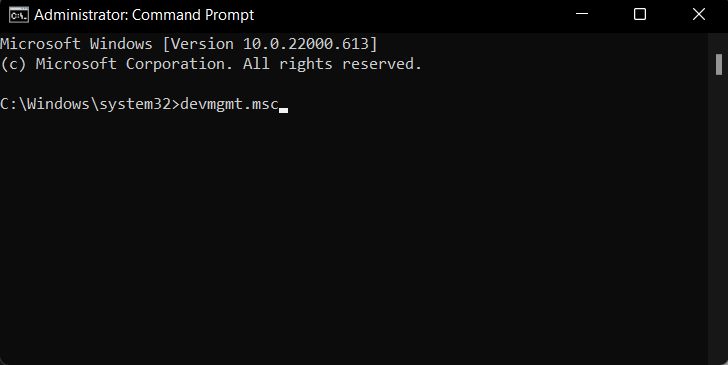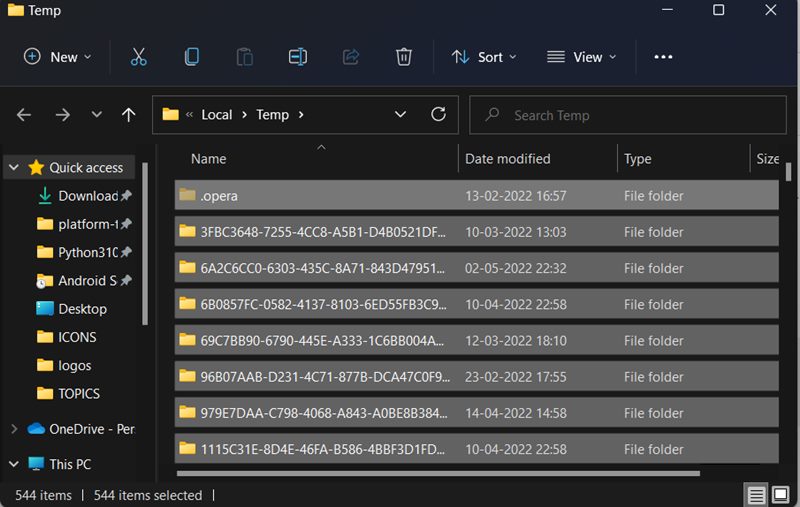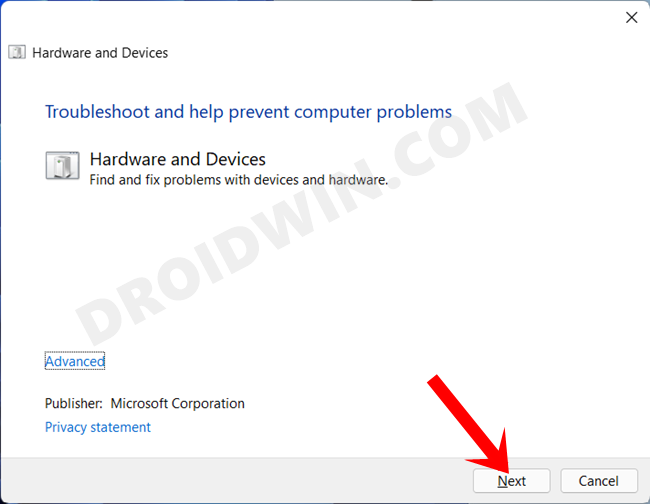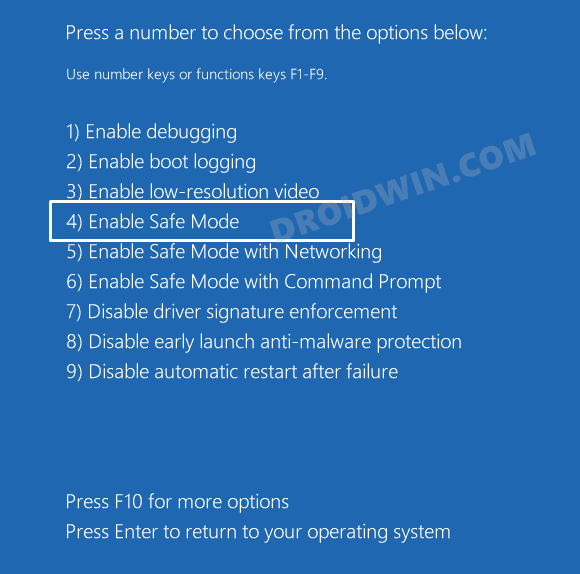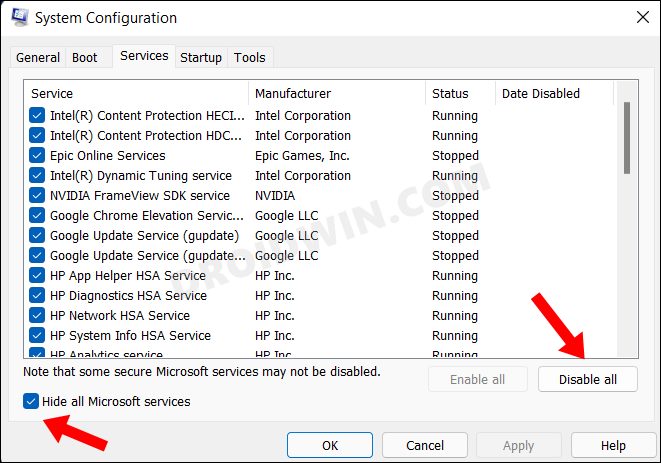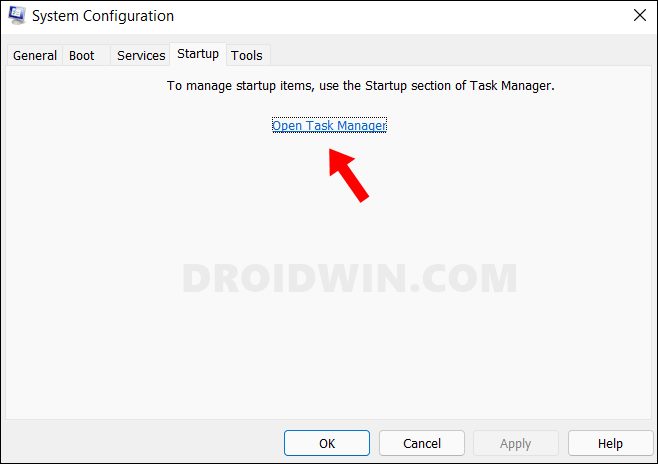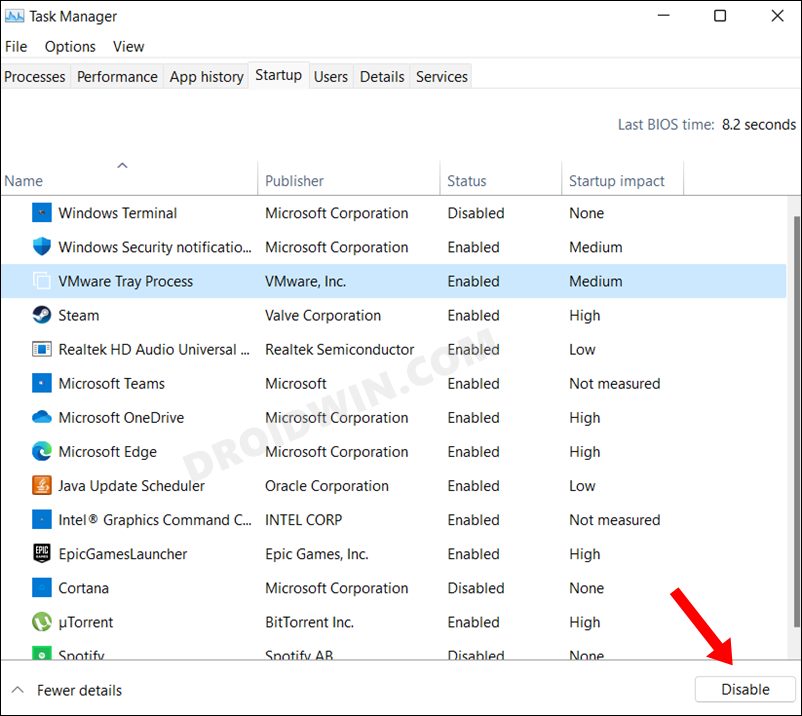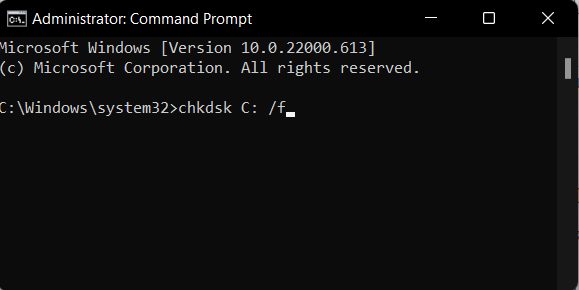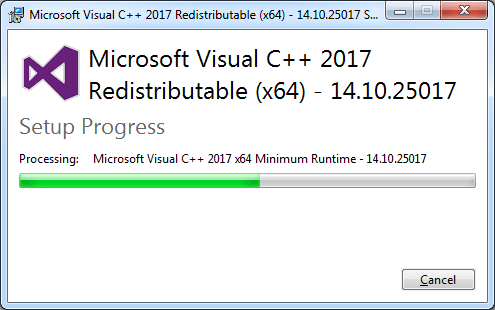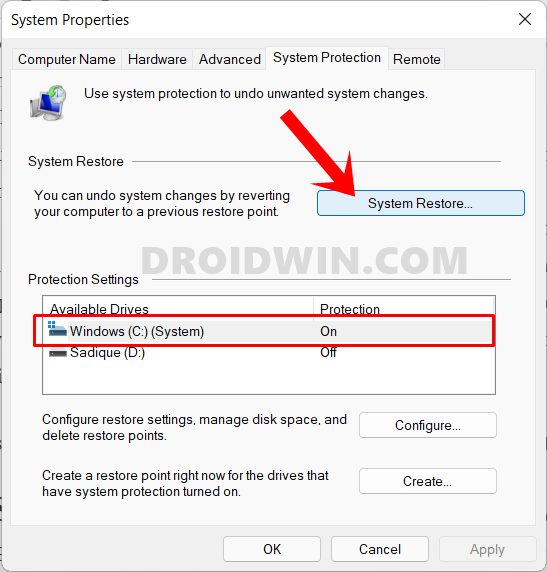In this guide, we will show you various methods to fix the Device Manager not working issue on your Windows PC. One of the most important system applications, the Device Manager comes in handy in quite a lot of scenarios. Be it for manually updating or rolling back the drivers, uninstalling or reinstalling a device, or getting detailed information relating to a specific driver, it comes in handy in quite a few scenarios. However, it could prove to be an equally challenging task if it isn’t functioning along the expected lines.
In this regard, some users have voiced their concern that the Device Manager is not working on their Windows 10/11 PC. Some users have reported that the app fails to launch in the first place, whereas others have said that they are unable to access it due to it being blocked for security reasons. If you are also getting bugged with this issue, then this guide will make you aware of some nifty workarounds that will help you resolve this issue. Follow along.
Table of Contents
How to Fix Device Manager not working in Windows
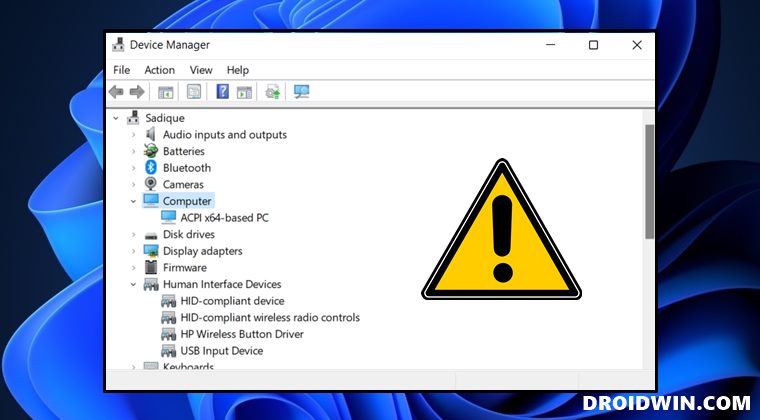
It is recommended that you try out each of the below-mentioned workarounds and then see which one spells out success for you. So with that in mind, let’s get started.
FIX 1 Run Device Manager as Admin
To begin with, you should consider launching Device Manager with an elevated permission set. Here’s how it could be done-
- Bring up the Task Manager via Ctrl + Shift + Esc shortcut keys.
- Then click on File > Run New Task and type in the below value
devmgmt.msc

- Enable ‘Create this task with administrative privileges’ and hit OK.
- Check if it fixes the Device Manager not working issue on your Windows PC.
FIX 2 Open Device Manager via Alternate Methods
Some of the most commonly used methods to access Device Manager include the Windows X shortcut, right-clicking on the Windows icon, or accessing it from the Start Menu. However, there exist some slightly more technical ways to get this job done as well. So let’s try them out and check out the results.
Via Powershell/Command Prompt
- Launch CMD/PowerShell as an administrator.
- Then execute the below command and hit Enter
devmgmt.msc

Via Computer Management
- Launch Computer Management from the Start Menu.
- Then select Device Manager from the left-hand side, under System Tools.

From System Properties
- Bring up Run via Windows + R and type in the below command
sysdm.cpl

- Now go to the Hardware tab and click on Device Manager.
FIX 3: Delete Temporary Files
In some instances, the temporarily stored files could lead to a few conflicts with the proper functioning of your PC. Therefore, you should consider deleting these cached files and then test out the results.
- Launch Run via Windows + R shortcut keys.
- Then copy-paste the below command and hit Enter. This will take you to the temp folder.
%temp%

- Use the Ctrl + A shortcut to select all the files and hit the Del key to delete them.
- Check if it fixes the Device Manager not working issue on your Windows PC.
FIX 4: Use Windows Troubleshooter
Windows comes built-in with quite a few troubleshooter apps that scan for issues and bring out the related fixes. As for the current issue, we will be using the System Maintenance and the Hardware and Devices troubleshooters, as they are the best fit to resolve this bug.
- Bring up the Run dialog box via Windows R shortcut keys.
- Then type in the below command and hit Enter
msdt.exe -id MaintenanceDiagnostic
- This will launch the System Maintenance troubleshooter, click Next to continue.

- It will now scan for underlying issues and bring up the related fix as well.
- Just select the fix to implement and then check if the issue has been fixed or not.
- If it is still there, then enable the Hardware and Devices troubleshooter on your PC.

- Then launch it, click Next and let it scan for issues. Then apply the fixes that it brings up.
- Check if it fixes the Device Manager not working issue on your Windows PC.
FIX 5: Boot to Safe Mode
In some instances, a third-party app might conflict with the OS functionality as well. The best way to verify and hence rectify this issue is to boot your PC to the Safe Mode. Doing so will disable all the third-party apps and give you the stock environment with just the system apps. If you are able to select multiple files in this mode, then the culprit is an app or software. Therefore, you should consider uninstalling the recently installed apps after which the issue first came to light. Here’s how:
- Bring up the Run dialog box via Windows+R shortcut keys.
- Then type in the below command and hit Enter to open the System Configuration menu
msconfig

- Now go to its Boot tab and checkmark Safe Mode under Boot Options.
- Finally, click OK followed by Restart in the confirmation dialog box.
- Your PC will now boot to Windows Recovery Environment.
- Go to Troubleshoot > Advanced options > Startup Settings > Click Restart > Press 4 to boot to Safe Mode.

- Check if it fixes the Device Manager not working issue on your Windows PC.
FIX 6: Disable Third-Party Service
A third-party service could also create a few roadblocks in the functioning of this feature. Therefore, you should consider disabling all the non-Microsoft-related services and then test out the results. Here’s how it could be done
- Head over to the Start Menu, search System Configuration, and open it.
- Then go to the Services tab, checkmark Hide All Microsoft Services, and click on the Disable All button.

- Then go to the Startup tab and click on Open Task Manager.

- Now select a process from the list and click Disable. Do so for all the running services.

- Once done, restart your PC and then check if it fixes the Device Manager not working issue on your Windows PC.
FIX 7: Use SFC and DISM Commands
System File Checker and Deployment Image Servicing and Management are two command-line utility tools that scan for corrupt Windows files and then replace them with their working counterpart. The major difference between the two is whereas the SFC replaces the corrupt files with the working ones from the cached directory on your PC, DISM does so by downloading the working files from the online Microsoft servers. And as of now, we would be making use of both these tools to fix the underlying issue.
- Head over to the Start Menu, search Command Prompt, and launch it as an administrator.
- Then copy-paste the below command to open the SFC Tool:
sfc /scannow

- Once the SFC Scanning is complete, it’s time to use the DISM Tool. So copy-paste the below command:
DISM /Online /Cleanup-Image /RestoreHealth

- Once DISM finishes the scanning, it is recommended to reboot your PC.
- Now check if it fixes the Device Manager not working issue on your Windows PC.
FIX 8: Run CHKDSK Command
If there are any bad sectors on your disk or if some system files have got corrupted, then it could result in the underlying issue that we are currently facing. In such cases, you could make use of the Check Disk command-line tool and get these issues rectified. Here’s how
- Launch Command prompt as an admin from Start Menu
- Then copy-paste the below command and hit Enter
chkdsk C: /f

- Now, wait for the scan to complete. Once done, restart your PC.
- Check if it fixes the Device Manager not working issue on your Windows PC.
FIX 9: Update/Reinstall Microsoft Visual C++
Microsoft Visual C is an important component upon which many system apps and OS components are dependent. So if there are any issues with its libraries, then its repercussions are bound to be faced with the associated system frameworks. To resolve it, you should consider updating it to the latest build or if that doesn’t work out, then reinstall them from scratch. Here’s how-
- Download the latest version of Microsoft Visual C++ Runtime.
- Then launch the setup file and proceed with the on-screen instructions to complete the update process.

- Once done, verify if it rectifies the underlying issue. If it doesn’t, then head over to Control Panel.
- Then select Microsoft Visual C++ Redistributable and hit Uninstall > OK. Now, download and install its latest build.
- Check if it fixes the Device Manager not working issue on your Windows PC.
FIX 10: Use a Restore Point
If none of the aforementioned methods spelled out success, then you should consider restoring your system to an earlier point during which it was free from this issue. Here’s how it could be done
- To begin with, open the Settings page via the Windows+I shortcut keys.
- Then go to the System tab from the left menu bar, scroll all the way to the bottom and click on About.
- After that, click on the System Protection option present on the Related Links tab.
- This shall launch the System Properties dialog box. Go to the System Protection tab and click on System Restore.

- Windows will now bring up the backup under the Recommended Restore section. This is the backup that it finds most suitable according to your PC’s current condition.
- If you are satisfied with it, enable the Recommended Restore option and hit Next.
- However, if you wish to select any other custom backup, then select Chose a Different Restore point and click Next.
- Now select the desired restore point and hit Next.

- Windows will now bring up the finalized screen showing all your selections. You may click on the Scan for Affected program option and get a list of all the programs that would be uninstalled/re-installed after this restore.



- If everything is as per your requirement, hit the Finish button and wait for the restore to complete.
- Once done, your PC will automatically boot to that system restore point, with the underlying bug being resolved.
So with this, we round off the guide on how you could fix the issue of Device Manager not working issue on your Windows PC. We have listed ten different methods for the same. Do let us know in the comments section which one spelled out success for you. Likewise, all your queries are welcomed in the comments below.

